
Pedro Calderón de la Barca y Henao was a dramatist of the Spanish Golden Age. Calderón initiated what has been called the second cycle of Spanish Golden Age theatre. Whereas his predecessor, Lope de Vega, pioneered the dramatic forms and genres of Spanish Golden Age theatre, Calderón polished and perfected them. Whereas Lope's strength lay in the sponteneity and naturalness of his work, Calderón's strength lay in his capacity for poetic beauty, dramatic structure and philosophical depth. Calderón was a perfectionist who often revisited and reworked his plays, even long after they debuted. This perfectionism was not just limited to his own work: many of his plays rework existing plays or scenes by other dramatists, improving their depth, complexity, and unity. (Many European playwrights of the time, such as Molière, Corneille and Shakespeare, reworked old plays in this way.) Calderón excelled above all others in the genre of the "auto sacramental", in which he showed a seemingly inexhaustible capacity to giving new dramatic forms to a given set of theological constructs. Calderón wrote 120 "comedias", 80 "autos sacramentales" and 20 short comedic works called "entremeses"
Books

El gran teatro del mundo / El gran mercado del mundo
1655
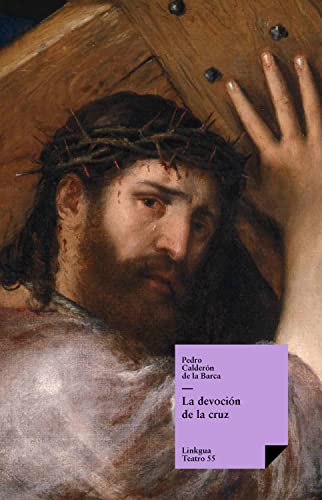
La devoción de la cruz
1629
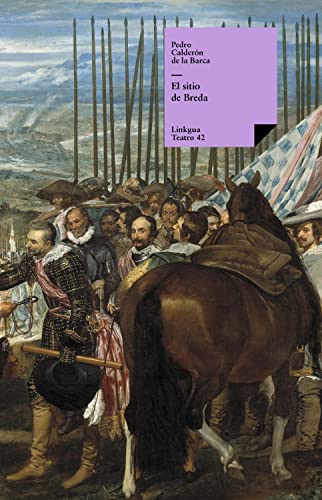
El sitio de Breda
2007

El alcalde de Zalamea
1636
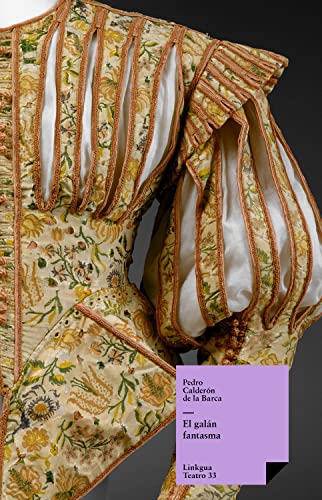
El galán fantasma
1982
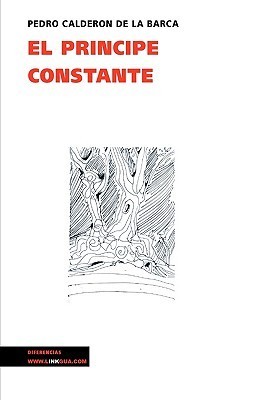
El príncipe constante
1629

La vida después de la muerte
2011

The Complete Harvard Classics 2021 Edition - ALL 71 Volumes
The Five Foot Shelf & The Shelf of Fiction
1722

El divino Orfeo
2007
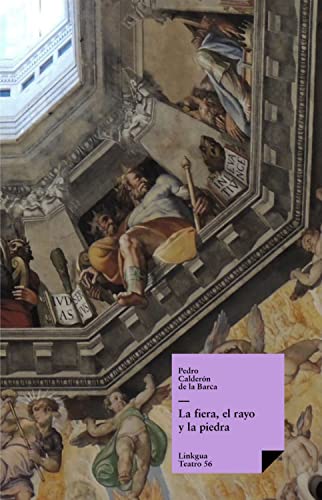
La fiera, el rayo y la piedra
1927

La vida es sueño / El alcalde de Zalamea
1635
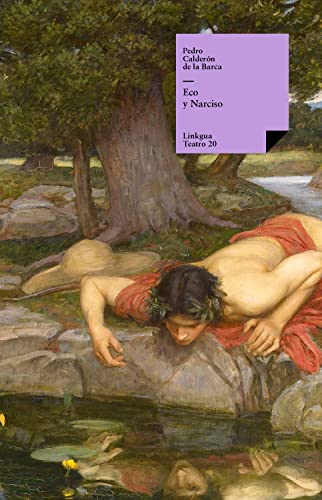
Eco y Narciso
1976

No hay cosa como callar
2011
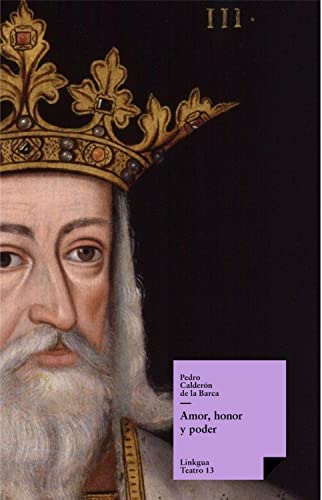
Amor, honor y poder
2007

El mayor encanto, amor
2007